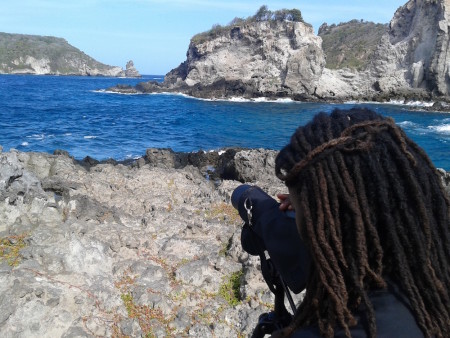
BirdsCaribbean is excited to announce the first award recipients of the David S. Lee Fund for the Conservation of Caribbean Birds. We are extremely pleased to support these dedicated young scholars as they pursue important research that will increase our knowledge of and inform conservation management decisions for Caribbean birds. The award recipients are: Wayne Smart, Maya Wilson, Spencer Schubert, Ramon Williams, Holly Garrod, and Paige Byerly.
The David S. Lee Fund was established in 2016 to recognize the scientific and conservation efforts of David S. Lee, a biologist and naturalist dedicated to Caribbean biodiversity. The award funds innovative avian conservation research in the Caribbean. All projects demonstrate a commitment to engaging with local scientists, government officials, organizations and communities, as appropriate, to involve them in the research, share results, and build interest in local birds and their conservation.
Thanks to support from the David S. Lee Fund and contributions from an anonymous donor, BirdsCaribbean is able to provide grants of $900 to $1,000 for six exceptional conservation research projects in 2017, the first year of funding for the award. Congratulations to all the dedicated and hard-working student recipients, who embody the vision that we all share of a bright future for the conservation of Caribbean birds. We look forward to hearing about their work in forthcoming articles and publications.
Seabird nesting performance, colony declines and invasive predators in the Southern Grenadines.
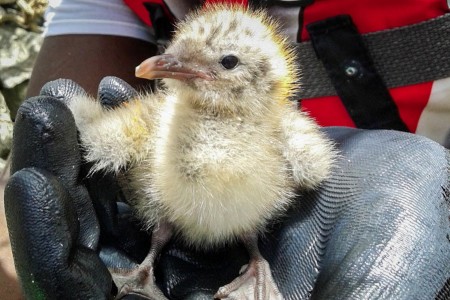
Wayne Smart, Arkansas State University
Seabird colonies are declining globally for multiple reasons such as habitat loss, introduced predators, and poaching. The Grenadines support five Important Bird Areas and host a number of seabird colonies, though little is known about local seabird decline. Wayne Smart will conduct field work on five uninhabited islands off the north coast of Grenada this summer. By interviewing locals, monitoring nests, and deploying cameras and two types of traps, he anticipates gathering valuable baseline knowledge about the current size and reproductive success of seabird colonies in the Grenadines and how they are impacted by introduced rats. The data will inform seabird management decisions for a community-based conservation program.
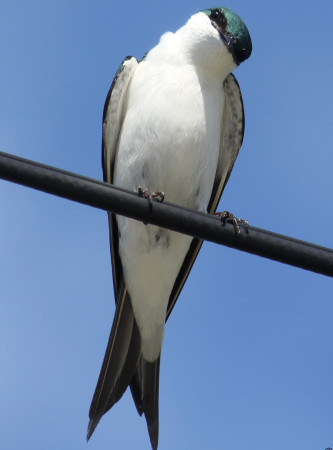
Population biology, life history and ecology of the Bahama Swallow (Tachycineta cyaneoviridis): informing conservation of an endangered species.
Maya Wilson, Virginia Polytechnic Institute and State University
The Bahama Swallow is an endangered species endemic to Grand Bahama Island, Great Abaco Island and Andros Island in the northern Bahamas. The swallow relies on pre-existing cavities in Caribbean Pine (Pinus caribaea), which are only found in large tracts on these island (they are also found on New Providence Island though the breeding Bahama Swallow likely was extirpated from here). Maya Wilson will undertake her third and final field season to investigate the population abundance, life history traits and nesting resource limitations of the Bahama Swallow. She is collaborating with the Bahama Oriole Project to develop survey techniques to estimate population and habitat data for both species. In addition, gene flow between islands will be analyzed from samples collected during mist netting efforts. Maya’s research will provide important information about two endangered Bahama endemics that will be used to inform conservation strategies for these species and their habitats.
Artificial perch installation as a method for enhancing avian seed dispersal and accelerating early-stage forest recovery in the central Dominican Republic.
Spencer Schubert, Old Dominion University
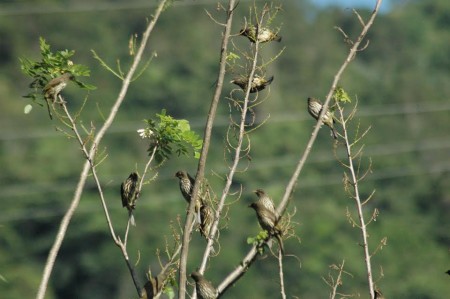
In Hispaniola, less than 15% of the original wet forest cover remains, primarily due to deforestation for cattle ranching. It is well known that frugivorous birds provide vital ecosystem services that aid in forest growth, such as pollination and seed dispersal. Spencer Schubert will travel to the Dominican Republic this summer to investigate the role of artificial perches as a strategy to increase natural seed dispersal and reforestation. From his previous work in the area, he has identified 24 species of frugivorous birds that aid in seed dispersal. Working with the local NGO Plan Yaque, he intends to install artificial perches in different spatial patterns and measure frugivore use and seed deposition. Results from this study will directly benefit Plan Yaque and their ongoing reforestation effort, local farmers, and the biodiversity and avian communities that rely on forests.
Distribution, diversity, and abundance of Grenadian birds, including endemic and restricted-range species.
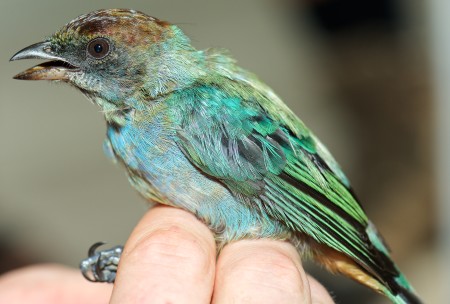
Ramon Williams, University of Manitoba
Like many islands in the Caribbean, Grenada is undergoing rapid development leading to increased human disturbance and habitat loss. The conservation status of Grenadian passerines in response to development is poorly understood as there is little information regarding the distribution, diversity and abundance of species across the island. Thirty-five passerines are found on Grenada, including the critically endangered Grenada Dove (Leptotila wellsi), the endangered Grenada Hook-billed Kite (Chondrohierax uncinatus mirus) and the endemic Grenada Flycatcher (Myiarchus nugatory). Ramon Williams will begin field work this summer to estimate passerine species diversity and abundance, in addition to quantifying vegetation structure, in representative habitat types across Grenada. This study will produce a comprehensive assessment of the status of passerines on the island, potentially identifying areas of conservation priority.
Nest response of Broad-billed Todies (Todus subulatus) to an invasive nest predator, the small Asian mongoose.
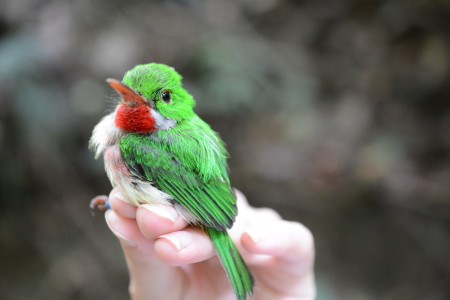
Holly Garrod, Villanova University
The Broad-billed Tody is endemic to the island of Hispaniola. Like all todies, this species nests on the ground by building burrows in embankments. This nesting strategy makes todies extremely vulnerable to introduced predators, such as the small Asian mongoose (Herpestes javanicus auropunctatus). This summer, Holly Garrod will return to the Cordillera Central region of the Dominican Republic – where she conducted pilot research in 2016 – to monitor nesting todies and nest predation. She is interested in the behavioral differences of todies in undisturbed and disturbed sites and how this might affect reactions to nest predators and reproductive success. Understanding how birds respond to predators under different environmental conditions has the potential to improve anti-predator management techniques for native bird conservation.
Conservation genetics of the Caribbean Roseate Tern
Paige Byerly, University of Louisiana at Lafayette
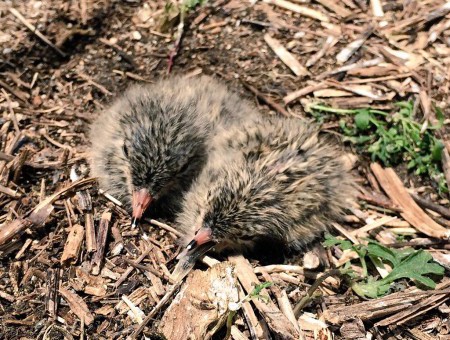
The Caribbean Roseate Tern, a threatened metapopulation of Sterna dougallii dougallii, is thought to be declining across its range, though the trajectory of the population is not well understood. Paige Byerly will undertake a project to analyze the genetics of the Caribbean Roseate Tern in order to investigate gene flow patterns between this population and the similar Northeastern Atlantic population. It is thought there is no movement between the two groups; such genetic isolation has the potential to negatively impact population viability. In addition to gene flow, this analysis will yield information about genetic diversity and effective population size. Samples will be collected this summer from populations in the U.S. Virgin Islands and Massachusetts. Results from this study will provide researchers and conservation managers with valuable new information about connectivity, migratory ecology and population vulnerability.
To learn more about the David S. Lee Fund for the Conservation of Caribbean Birds, click here. If you would like to contribute to the fund and help support future projects, click here. You can choose to designate your gift to the David S. Lee Fund.
BirdsCaribbean thanks the scientists that provided thoughtful and constructive reviews of the proposals. We are very grateful to all that have donated to the David S. Lee Fund. We are pleased and proud to honor Dave’s legacy with the funding of these exciting projects that will advance the development of young Caribbean scientists and contribute to the conservation of Caribbean birds.

One comment
Comments are closed.